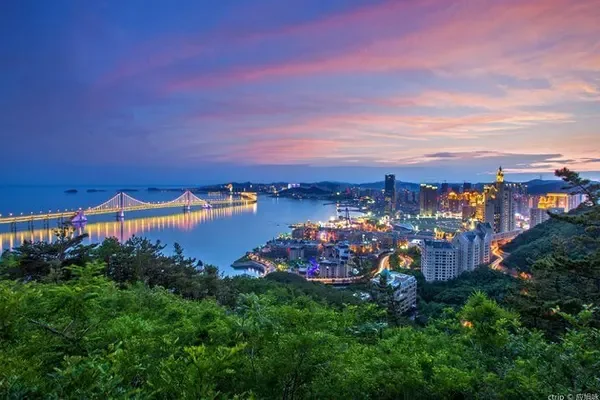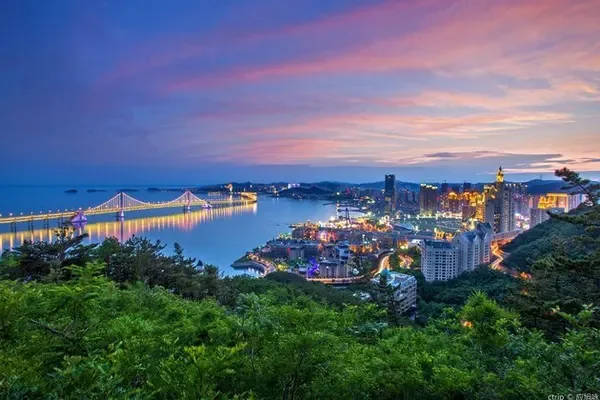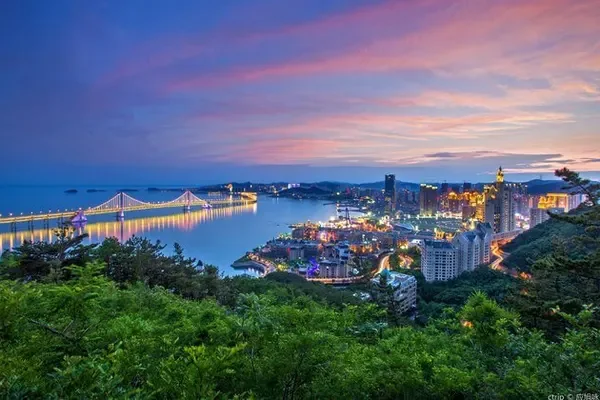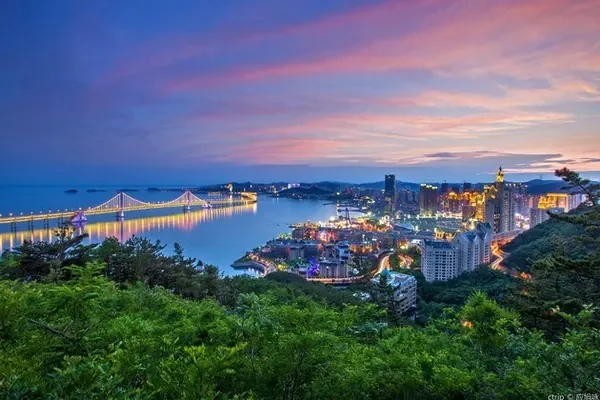D1: Hebei Museum - Zhengding Ancient City
D2: Zhengding Longxing Temple - Zhengding Tianning Temple - Zhengding Kaiyuan Temple - Baoding Zhili Governor's Office - Baoding Ancient Lotus Pond
D1:

Hebei has had a rich and splendid civilization since the Stone Age, especially during the Spring and Autumn and Warring States Periods. Yanzhao and the ancient Zhongshan Kingdom have performed many historical legends on this land. The Hebei Museum adopts the method of special exhibitions, including the Hebei of the Stone Age, the civilization of the Shang Dynasty in Hebei, the generous elegy - the story of Yanzhao, the glory of the Warring States period - the ancient Zhongshan Kingdom, the swan song of the Han Dynasty - the tombs of the Han Dynasty in the city, famous kilns and famous porcelain , Northern Dynasties Murals, Quyang Stone Carvings, Anti-Japanese Beacon-Hero Hebei and other nine permanent exhibition halls. When I visited, I happened to encounter the Xuzhou Museum Han Tomb-themed cultural relics here. The collection of Hebei Museum is rich in content, and it introduces the history of Yanzhao land in a relatively comprehensive way.
Recommended index: five stars





Dinner is Xiaofangniu, a chain restaurant in Hebei, known as Haidilao in the cooking industry. The service is warm and thoughtful, and the price is moderate. You can try it.

Zhengding City is brightly lit at night, and the lights outline the outline of the city wall. The four towers in the city are particularly eye-catching, and they are the iconic landscape of the ancient city.
Recommended index: four stars





Stay at Zhengding Guohao Hotel at night, close to Zhengding Station, far from the ancient city, relatively new, breakfast is not good.
Recommended index: three stars
D2: Longxing Temple is the scenic spot with the highest number and value of cultural relics in Zhengding Ancient City. It has six unique ones, especially a huge statue of Avalokitesvara with thousands of hands and eyes.
Recommended index: five stars







The scenic spot of Tianning Temple is very small, and there is only one wooden pagoda built in the Tang Dynasty.
Recommended index: three stars


The main buildings of Kaiyuan Temple are Xumi Pagoda, Bell Tower and Sanmen Tower. The appearance of Xumi Pagoda and Big Wild Goose Pagoda is exactly the same. They are both typical Buddhist pagodas of the Tang Dynasty.
Recommended index: four stars



For Chinese food, I choose the famous local specialty restaurant - Haojia Spare Ribs. The specialty is stewed spare ribs. The shredded pork in Beijing sauce is also delicious and worth the money.

From Zhengding to Baoding.
The Zhili Governor's Office is the most well-preserved one of the provincial government offices in the Qing Dynasty. It is possible to have a relatively complete understanding of the Qing Dynasty's government structure, departmental structure, official ranks, and treatment.
Recommended index: four stars



The ancient lotus pond is located opposite the Zhili Governor's Office. It is the pearl of ancient northern gardens, but the overall scenery of the scenic spot is not very prominent, and the summer scenery should be better.
Recommended index: three stars





Baoding and Shijiazhuang have successively served as the capitals of Hebei Province. Visiting these two cities, it is not difficult to get a glimpse of the past and present of Hebei Province for nearly a hundred years. Baoding, the former splendor has become history, and what remains is a smoky and unpretentious northern city. Walking through it, you can see the hawkers and small shops, and you can feel the daily life and warmth of thousands of people. Shijiazhuang, a city brought by trains, has developed to this day with its unique geographical advantages. Shijiazhuang Station is also the only provincial capital railway station shared by the Beijing-Guangzhou Railway and the Beijing-Guangzhou High-speed Railway. Only then can we stand at the forefront forever.
Note: Sightseeing and hotel recommendation indexes from low to high are not recommended, three stars, four stars, and five stars.



